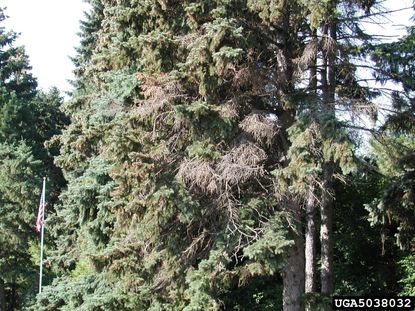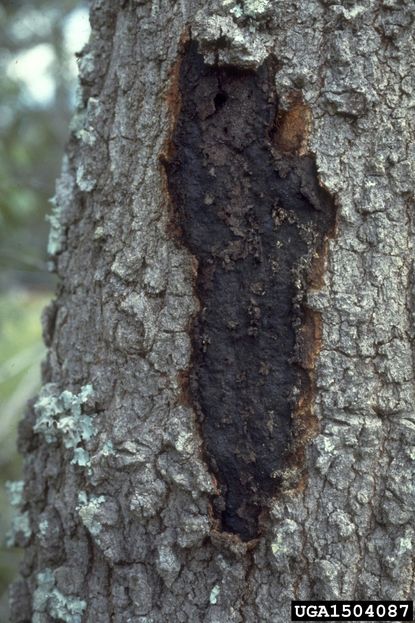Plant Diseases
Identifying plant diseases is the first step in treating the problem. There are many types of diseases that affect garden plants, leaving many gardeners scratching their heads. By using the following information, you can learn how to go about identifying plant diseases for effective disease control. Many garden disease problems can be alleviated simply by practicing good growing conditions. Yet, even in the best of circumstances, garden diseases happen. But with a little know how, you stand a better chance of treating these garden disease problems early on.
-
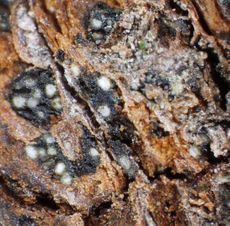
Botryosphaeria Canker Treatment - The Control Of Botryosphaeria Canker On Plants
When you notice a sad little plant, wilted and covered in dark spots, you may be seeing the effects of botryosphaeria canker. Learn how to recognize and treat botryosphaeria canker on plants in this article.
By Kristi Waterworth
-
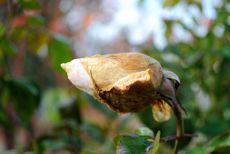
Gray Mold Control: Learn About The Treatment Of Botrytis Blight
Botytris blight, also called gray mold, attacks almost any ornamental plant. Read this article to learn more about botrytis blight symptoms and gray mold control in your garden.
By Jackie Carroll
-
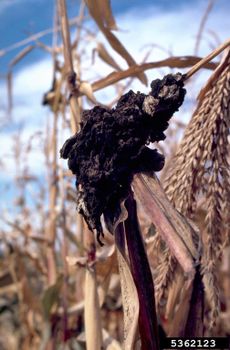
Plants Affected By Smut - Tips For Treating Black Smut Fungus
When black spores appear on your lawn or garden plants, it?s understandably frustrating. Try not to panic, we?ve got lots of information about treating black smut fungus, a common cause of black spores on turfgrass, small grains and ornamentals. Click here.
By Kristi Waterworth
-
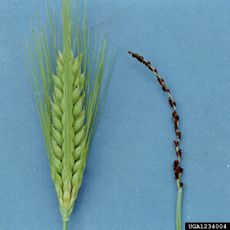
Barley Covered Smut Control: How To Treat Barley Covered Smut Disease
Smut is one of the fungal diseases that cause damage to crops like barley, oats and rye. One type of smut is called “covered smut” and it is a real problem. What is barley covered smut? How to treat barley covered smut? Learn more in this article.
By Teo Spengler
-
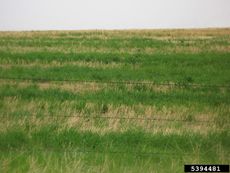
Treating Barley With Rhizoctonia – How To Stop Rhizoctonia Root Rot In Barley
If you grow barley, you may need to learn something about rhizoctonia root rot of barley, a type of fungal disease that attacks cereals. For information about barley treating with rhizoctonia, and tips on how to stop rhizoctonia root rot, this article will help.
By Teo Spengler
-
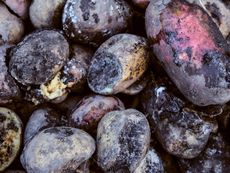
Tuber Rot Diseases: Different Types Of Tuber Rot Problems
Tuber rot diseases are a major cause of crop loss, and other tuberous plants are affected too. Click here for common types of tuber rot and what you can do.
By Mary H. Dyer
-
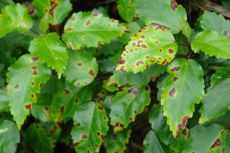
What Is Angular Leaf Spot: Treating Angular Leaf Spot On Plants
Identifying and treating angular leaf spot is important for the well-being of your plants. Read this article to find out more about this disease and how it can be treated. Click here for more information.
By Kristi Waterworth
-
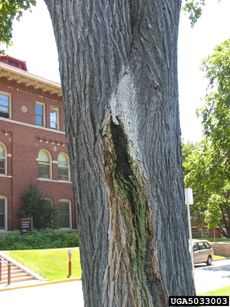
Alcoholic Flux Treatment: Tips For Preventing Alcoholic Flux In Trees
If you've noticed frothy-like foam seeping from your tree, then it has likely been affected by alcoholic flux. While there is no real treatment, preventing alcoholic flux may help. Read here to learn more.
By Jackie Carroll
-
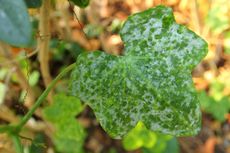
Powdery Cucurbit Mildew Control: Treating Powdery Mildew On Cucurbits
Cucurbit powdery mildew affects any type of cucurbit. The white, powdery mold is easy to spot, but management requires several steps. Learn more here.
By Mary Ellen Ellis
-
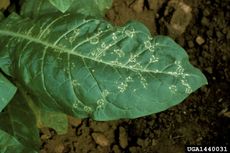
Tobacco Ringspot Damage – Recognizing Tobacco Ringspot Symptoms
Tobacco ringspot virus can be a devastating disease, causing serious damage to crop plants. There is no method for treating tobacco ringspot, but you can manage it, prevent it, and avoid having it in your garden. Learn more in this article.
By Mary Ellen Ellis
-
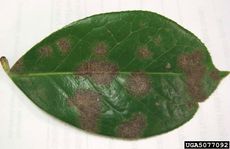
What Is Algal Leaf Spot: Learn About Algal Leaf Spot Control
Algal leaf spot disease spores, which are spread by rain, create a big problem for more than 200 plant species, especially plants growing in warm, humid climates. Learn more about this disease and how to treat it in this article.
By Mary H. Dyer
-
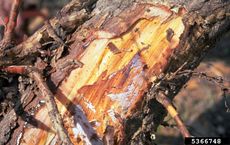
Armillaria Root Rot Control – Learn About Treatment For Armillaria Root Rot
Armillaria root rot symptoms can by sly, starting out slowly with slowed growth and culminating with wood rot and mortality. Recognizing the disease and implementing a process of Armillaria root rot control can slow the disease. More information can be found here.
By Bonnie L. Grant
-
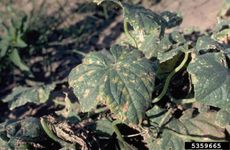
Cucurbit Angular Leaf Spot – Managing Angular Leaf Spot Of Cucurbits
Cucurbits with angular leaf spot may give you a smaller harvest. This bacterial infection affects cucumbers, zucchini, and melons, and causes angular lesions on leaves and thrives in warm, humid conditions. Learn how to control the problem here.
By Mary Ellen Ellis
-
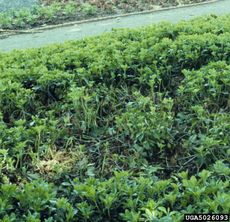
What Is Volutella Blight: Learn About Volutella Blight Control
Also known as leaf and stem blight, volutella blight is a destructive disease that affects pachysandra plants and boxwood shrubs. Early diagnosis and vigilant plant care are the keys to volutella blight control. This article will help.
By Mary H. Dyer
-
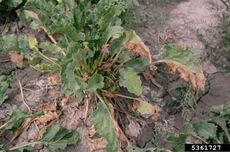
Fusarium Wilt Disease: Tips For Controlling Fusarium Wilt On Plants
There is a fungus among us and its name is Fusarium. Fusarium fungus can survive indefinitely, affecting any crop or plant that is contaminated by the soil. Find out how to protect and treat your plants in this article.
By Bonnie L. Grant
-
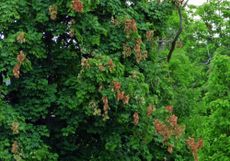
Reasons Why New Growth Is Dying
When the new growth on your plants starts to wither and die, you know you're in trouble. Read this article to better understand what's going on with your plants and find out if the problem is serious.
By Kristi Waterworth
-
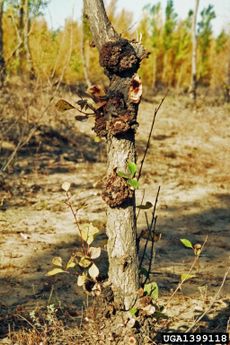
Plants Affected By Crown Gall: Tips On How To Fix Crown Gall
Before you decide to start crown gall treatment, consider the value of the plant you are treating. To eliminate the bacteria and prevent the spread, it?s best to remove and destroy diseased plants. Learn more here.
By Jackie Carroll
